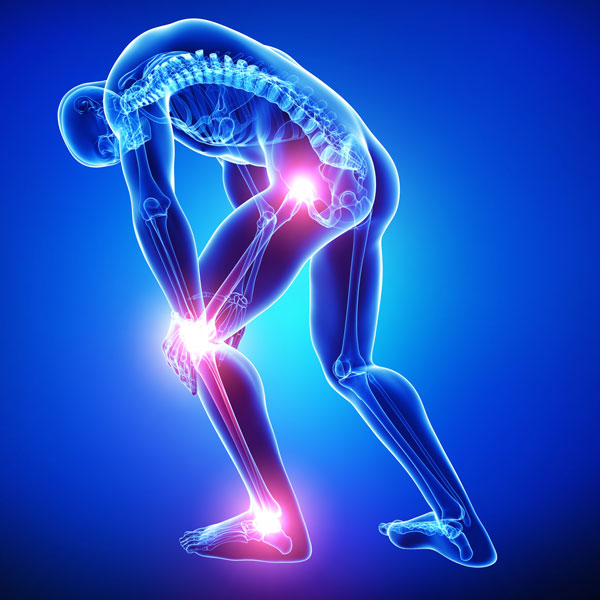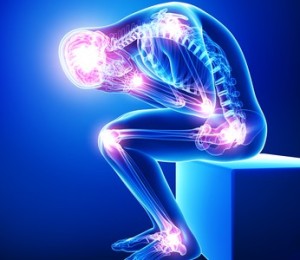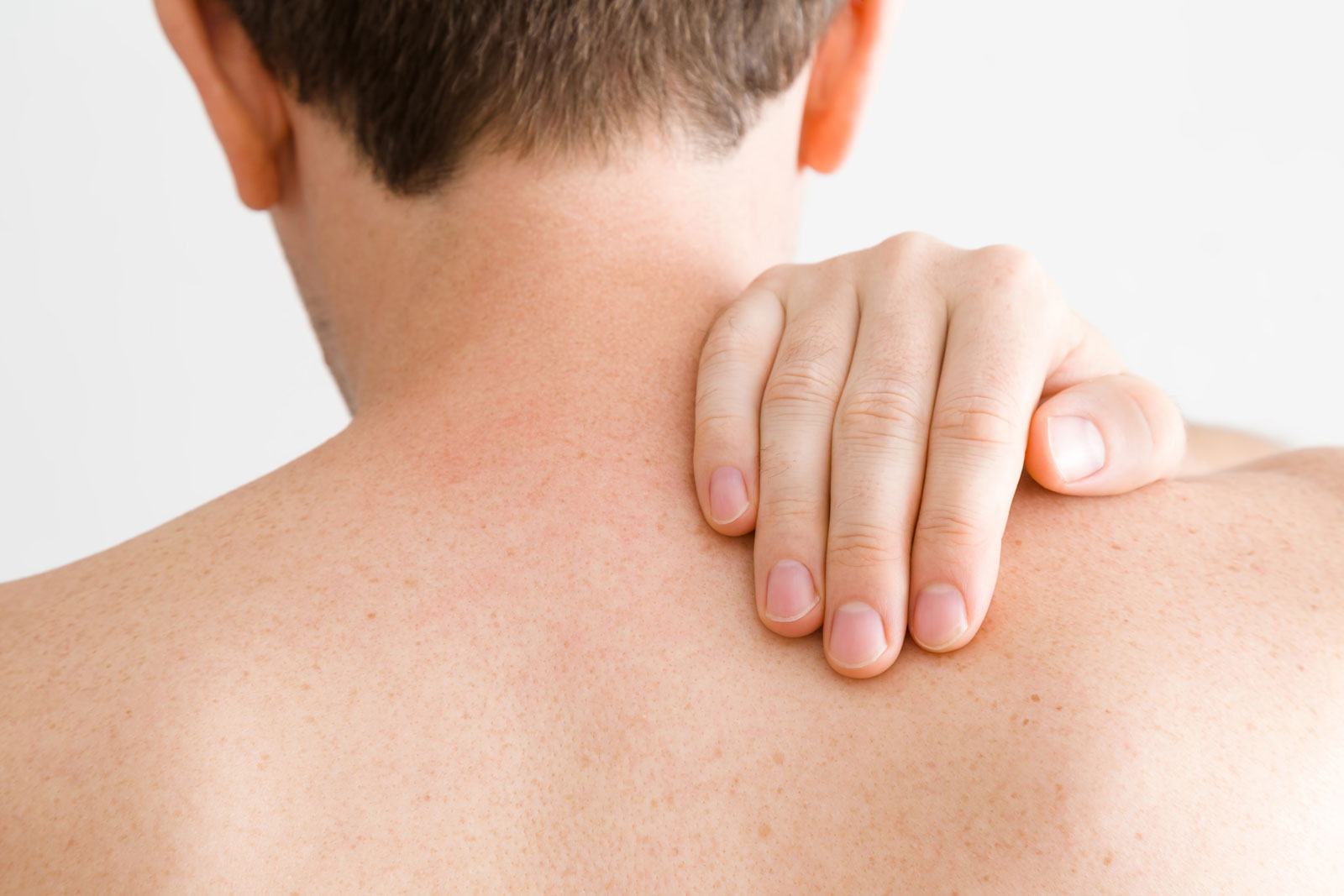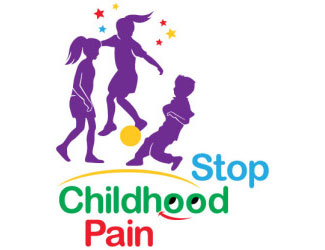Does your child or teenager have Juvenile Fibromyalgia?
Does your child or teenager have Juvenile Fibromyalgia? We can help you with many different resources as you navigate this. Be sure to carefully go through our FAQs and Research pages and contact us if we can further assist you or your child’s medical team as they work to develop an effective treatment program.
Fibromyalgia – Amplified musculoskeletal pain (AMP) can be localized or diffuse.
It is considered to be diffuse when at least 3 major body parts are affected for longer than 3 months. Frequently this involves all or almost all of the body. Fibromyalgia is just one sub-type of diffuse amplified pain and certain diagnostic criteria must be met before such a diagnosis can be made. The adult criterion for the diagnosis of fibromyalgia is five painful and tender points (the old criteria for a diagnosis of fibromyalgia required that 11 of 18 tender points be painful when pressed upon). There is also other criteria for diagnosis in children which require multiple other symptoms such as sleep disturbance, weather sensitivity, abdominal pain, etc. That tender point count, and now, the requirement to have widespread pain is quite typical of diffuse amplified pain in children. There are many patients with diffuse amplified musculoskeletal pain whose symptoms do not fully fulfill the criteria for a diagnosis of fibromyalgia.

Much of the information found online does not apply to children and adolescents or is outdated in light of newer research.
Although children with diffuse amplified pain are typically diagnosed as fibromyalgia we do not find that to be a helpful term for patients since children respond so well to amplified musculoskeletal pain syndrome programs. Much of the information found online does not apply to children and adolescents or is outdated in light of newer research. In the latest study of 64 teens with juvenile fibromyalgia, the average pain levels dropped from 7.1 (at initial evaluation) to 2 (at one year follow up)–within that, 15% had pain levels between 1 and 0.1 and 33% had no pain whatsoever. Average functional disability inventory scores went from “moderately disabled” to “not disabled.” It appears that adults diagnosed with fibromyalgia have a poorer prognosis, however, they are not treated in the same way that we recommend children be treated so we do not know how they would respond to a program like this, which is detailed in our video. 65-70% of the children treated by the AMPS team shown in the video have diffuse amplified pain or fibromyalgia.
Children with diffuse amplified pain can have multiple amplified body sensations including feeling lightheaded and dizzy, abdominal pain or dysfunction, breathing difficulties, urinary symptoms, visual disturbances, chest pains, and racing hearts, to name a few. Disturbed sleep has been described in many studies of fibromyalgia with an increase of alpha Delta sleep during sleep studies. In the children we studied, they indeed had an increased amount of alpha Delta sleep but after going through a treatment program they resolved their pain and slept well, yet there was no change in the amount of alpha Delta sleep they had. By far the vast majority of children complain of sleep disturbance do not fall asleep during the day or at school so the health professionals on the pain team at Children’s Hospital of Philadelphia feel strongly that treating sleep with medication is generally counterproductive.
There may be a genetic component since fibromyalgia can be found in multiple family members. Since roughly 80% of fibromyalgia patients are female, there may be hormonal influences as well. Depression, anxiety, and other psychological issues are common in people suffering from fibromyalgia or other forms of diffuse amplified pain and this needs to be assessed and appropriately addressed. Some, but not most children, may require medication to help stabilize their mood or help with anxieties.
Amplified musculoskeletal pain is an all-encompassing term that includes fibromyalgia, myofascial pain, diffuse amplified pain, complex regional pain syndrome (CRPS), localized amplified pain, neuropathic pain, etc.

Amplified musculoskeletal pain is an all-encompassing term that includes fibromyalgia, myofascial pain, diffuse amplified pain, complex regional pain syndrome (CRPS), localized amplified pain, neuropathic pain, etc. and there’s also a group of children who have intermittent amplified pains. There is a great deal of overlap between these subtypes. For instance, a child might have a cool blue hand with CRPS and also have a very painful leg that is not cold or blue; the leg pain would be considered localized amplified pain (not CRPS, which requires autonomic changes be present). Or they may have CRPS in their hand and also diffuse amplified pain or fibromyalgia. There is a lot of overlap between sub-types and this is why you may hear from someone that their fibromyalgia started in one area of their body and then “spread.” Really, they just had localized amplified pain and later developed diffuse amplified pain. Likewise, some children will have CRPS, go into full remission, and then later develop total body pain. It’s all part of the spectrum of the amplified pain syndromes.
We believe the mechanism of the pain is the same, that is increased activity of the autonomic nerves causes decreased blood flow and leads to ischemic pain.
The pain is very real and very much in the child’s body, but it is not biologically damaging. We’ve all heard the squeal from a speaker when a microphone gets too close to it. Although the hum from the speaker is very soft, it goes into the microphone and then out the speaker again setting up a vicious cycle and becoming intolerably loud. In amplified pain a very soft signal, such as a light touch, can short-circuit across the nervous system causing autonomic firing–this decreases blood flow, which then leads to more pain that again short-circuits across the nervous system–thus the vicious cycle is set up. A very light touch is thereby amplified to an intolerable pain. In order to effectively break the cycle we can retrain the nerves by exercising and desensitizing the child to the pain, seemingly resetting these nerves. This is similar to scar desensitization; when one has a painful scar one has to rub it vigorously as much as possible in order to settle down the nerves so that it stops being so painful. Just touching the scar lightly a couple of times a day will never adequately desensitize.
Although the treatment varies from child to child depending on their pain and individual needs, the principle is the same and that is that the child essentially heals him or herself by exercising and desensitizing through the pain. After going through an AMPS program, a very small percentage of AMPS patients return to the program, but the vast majority are empowered to address future pain themselves. Once they are in remission they can stay in remission using the tools they learn in the program should they have any inkling of a reoccurrence.
Since this pain is so intense and misunderstood and since many friends, neighbors, teachers and physicians do not believe these children have as much pain as they do, the children can be accused of faking or lying.
That in itself is quite distressing. The pain not only controls the child but it controls the whole family and that control needs to be directly addressed and stopped. Just as the child has to use her mind to walk on a painful foot the family has to let go and let them walk on the foot without worrying that every new pain is a fracture or symptom a catastrophic illness. Counseling can serve in multiple ways. It can help the child learn coping skills to deal with the pain as they are increasing their bodily function. It can also help them identify stressors in their life and deal with them more constructively. Additionally, it can help the family assess how the family communicates—either appropriately supporting the child or reinforcing the pain or sick role so that that can be identified and addressed. There is a term “secondary gain” which means the benefit one receives from their illness or distress. Even though I am quite miserable when I have the flu it feels good to have my back rubbed and have hot chocolate brought to me. Even if you are a stellar student there is some secondary gain to not going to school and not having to keep up academically. It’s also stressful to be missing that schoolwork so it’s a real two-edged sword.

Self-Injury
Children with amplified pain and juvenile fibromyalgia are prone to self-injury. The pain is so desperate sometimes an injury such as bruising or cutting oneself gives some form of relief, as strange as that may sound. This is an additional manifestation of the psychological distress the child is feeling and needs to be addressed with counseling.
